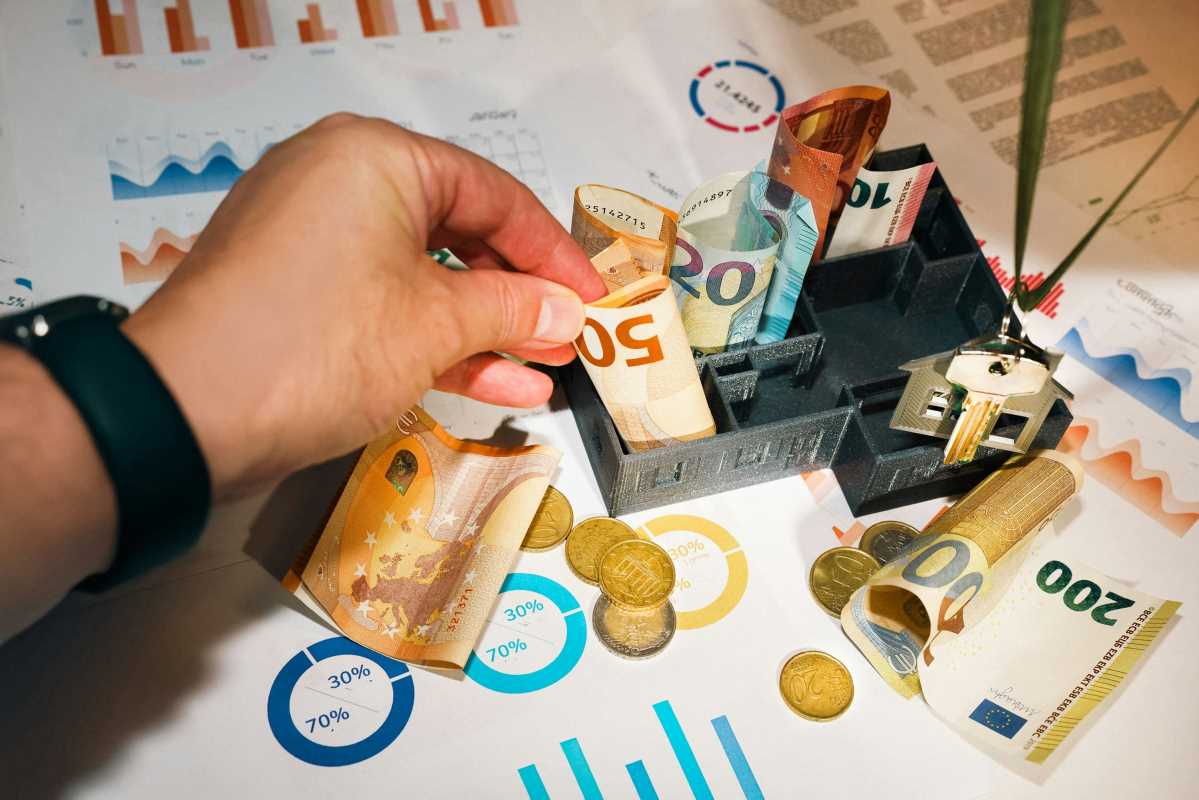Conducting business internationally presents significant opportunities for growth, but it also comes with unique challenges. One of the most critical risks global businesses face is currency fluctuation. Exchange rates can be volatile, and even small shifts can directly impact profits, operational expenses, or product pricing. To protect revenues and business stability, companies must adopt effective strategies to hedge against currency fluctuations.
This guide dives into the importance of managing currency risk, explores popular hedging strategies, and offers actionable advice for businesses to safeguard their international operations.
Why Managing Currency Risk Is Essential
Currency exchange rates are influenced by various factors like geopolitical events, interest rate changes, inflation, and trade balances. These fluctuations can cause:
- Erosion of Profit Margins: If a company earns revenue in one currency and pays expenses in another, adverse changes in exchange rates can reduce profit margins.
- Volatility in Cash Flow: Fluctuating exchange rates create uncertainty in forecasting future cash flows, making financial planning more complicated.
- Competitive Disadvantages: Sudden changes in currency valuation might force a business to increase prices, making its products or services more expensive compared to competitors.
For example, in 2022, European small businesses importing goods from the United States faced higher costs due to the strengthening U.S. dollar. Companies without proper hedging strategies saw their operating expenses increase significantly, jeopardizing their profitability.
Key Hedging Strategies Against Currency Fluctuations
Managing currency risks requires a proactive approach. Businesses can use a mix of tools and strategies to reduce exposure to exchange rate fluctuations. Below are some of the most effective methods.
1. Forward Contracts
A forward contract is one of the most straightforward hedging tools available. It allows a business to lock in a future exchange rate for a specified amount of currency. This ensures that anticipated expenses and revenues in a foreign currency are protected from market fluctuations.
Benefits:
- Provides a guaranteed rate, eliminating uncertainty.
- Helps budget more accurately for international transactions.
Real-World Example:
A European retailer importing goods from China uses forward contracts to lock in the euro-yuan exchange rate for six months. Regardless of how the currency market fluctuates during that time, the retailer pays the agreed-upon rate, ensuring stable costs for its imported inventory.
2. Options Contracts
Currency options give businesses the right (but not the obligation) to exchange money at a predefined rate on or before a specified date. Unlike forward contracts, options allow companies to benefit from favorable currency movements while still having protection against adverse changes.
Benefits:
- Allows flexibility to take advantage of favorable market changes.
- Caps downside risk by setting a worst-case exchange rate.
Example of Use:
An American software company selling its products in Canada uses options to ensure it benefits if the Canadian dollar strengthens while simultaneously being protected if the Canadian dollar weakens.
3. Natural Hedging
Natural hedging minimizes currency risk by aligning income and expenses in the same currency. For instance, if a business generates revenue in euros, it should aim to pay suppliers in euros as well.
Strategies to Implement:
- Setting up operations or suppliers in the same region as the customer base.
- Requesting customers or suppliers to transact in the company's functional currency.
Example:
A Japanese car manufacturer exporting to the U.S. might establish production facilities in the U.S. This reduces the currency risk associated with yen-dollar fluctuations, as production and sales transactions both occur in dollars.
4. Currency Swaps
A currency swap is an agreement between two companies or financial institutions to exchange principal and interest payments in different currencies. This complex tool is most commonly used by multinational corporations handling large sums of foreign currency.
Benefits:
- Provides long-term risk management for cross-border financing.
- Allows companies to secure better borrowing rates in a foreign market.
Case Study:
A European airline looking to secure U.S.-dollar funding for purchasing new aircraft might enter a currency swap agreement to receive dollars at a fixed rate for euros. This protects the company against adverse shifts in the EUR/USD exchange rate.
5. Multicurrency Accounts
Some banks offer multicurrency accounts, enabling businesses to hold and transact in multiple currencies. These accounts can significantly reduce conversion fees and provide a natural buffer against short-term currency volatility.
Feature Highlights:
- Avoids immediate conversions in volatile markets.
- Simplifies payments and receipts in different currencies.
6. Diversifying Currency Exposure
Diversification involves distributing currency risk across multiple regions or contracts. For example:
- Setting pricing strategies to reflect revenues in various currencies.
- Spreading foreign operations across several countries to minimize concentrated exposure.
By diversifying, businesses are less vulnerable to risks tied to a single currency's fluctuation. For instance, a global e-commerce company could price its goods in local currencies while maintaining reserves in a mix of strong currencies like the U.S. dollar, euro, and yen.
How to Implement a Currency Hedging Strategy
Taking the right steps to develop and execute a currency risk management plan is crucial for its effectiveness. Here's how to get started:
1. Identify Currency Exposures
The first step is to analyze how exchange rate fluctuations affect your business. Factors to consider include:
- Revenue from foreign customers.
- Payments to international suppliers or partners.
- Loan repayments in a foreign currency.
For example, a company sourcing goods from India and selling in Canada needs to track the CAD/INR exchange rate.
2. Define Risk Appetite and Objectives
Not every business needs to hedge aggressively. Assess:
- How much currency risk your business can tolerate.
- Whether your primary goal is cost predictability or maximizing market opportunities.
3. Choose Suitable Tools
Once you understand your risks and objectives, select the hedging strategies that best fit your requirements. For companies handling minimal transactions, simple forward contracts may suffice. Larger multinational corporations may need a combination of swaps, options, and natural hedges.
4. Monitor and Adjust Regularly
Currency markets are constantly evolving. Periodic assessment of hedging strategies is vital to ensure continued alignment with your business needs. Regular monitoring helps:
- Avoid over-hedging, which can limit potential gains.
- Account for new currency risks as business operations change.
5. Leverage Experts and Technology
Partnering with banking institutions or hiring currency risk consultants can ensure a robust hedging plan. Additionally, financial software solutions provide real-time analytics and forecasting for better decision-making.
Tools to Consider:
- Kantox for automated currency management solutions.
- XE Currency API for live exchange rates and risk analysis.
Examples of Successful Currency Risk Management
Apple Inc.
Apple manages its global supply chain using natural hedging practices. By sourcing raw materials and labor in the same regions as product sales, the company minimizes exposure to adverse currency fluctuations. Additionally, Apple uses forward contracts to secure favorable rates for anticipated foreign transactions.
Unilever
Consumer goods giant Unilever leverages a mix of natural hedging and financial instruments to protect its revenue streams across markets. It also diversifies its manufacturing plants worldwide, allowing flexibility in shifting operations to counteract currency shifts.
Caterpillar
Construction equipment manufacturer Caterpillar actively employs forward contracts to manage its exposure to currencies like the Chinese yuan and euro. This strategy ensures predictable cash flow, even in volatile markets.
If you're just stepping into international markets or expanding your global reach, start by evaluating your currency risk and addressing it head-on. The peace of mind and financial security gained from proactive hedging are invaluable for long-term success in the global business landscape.







